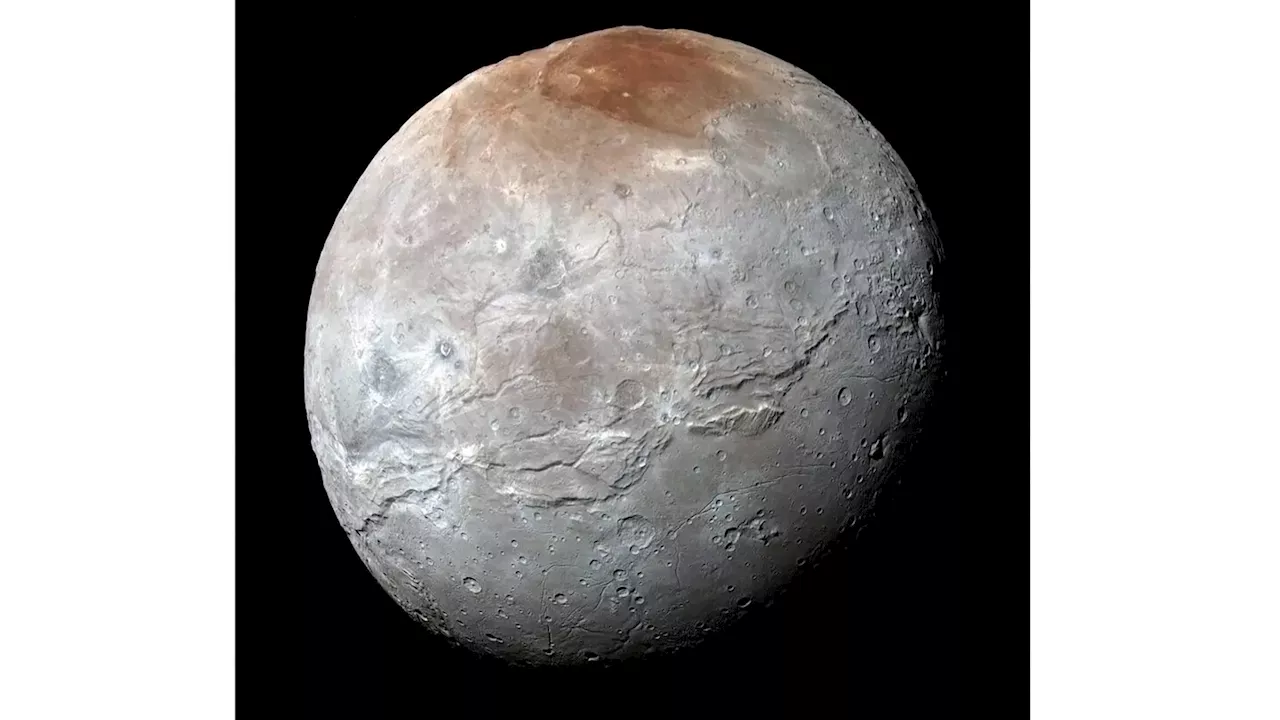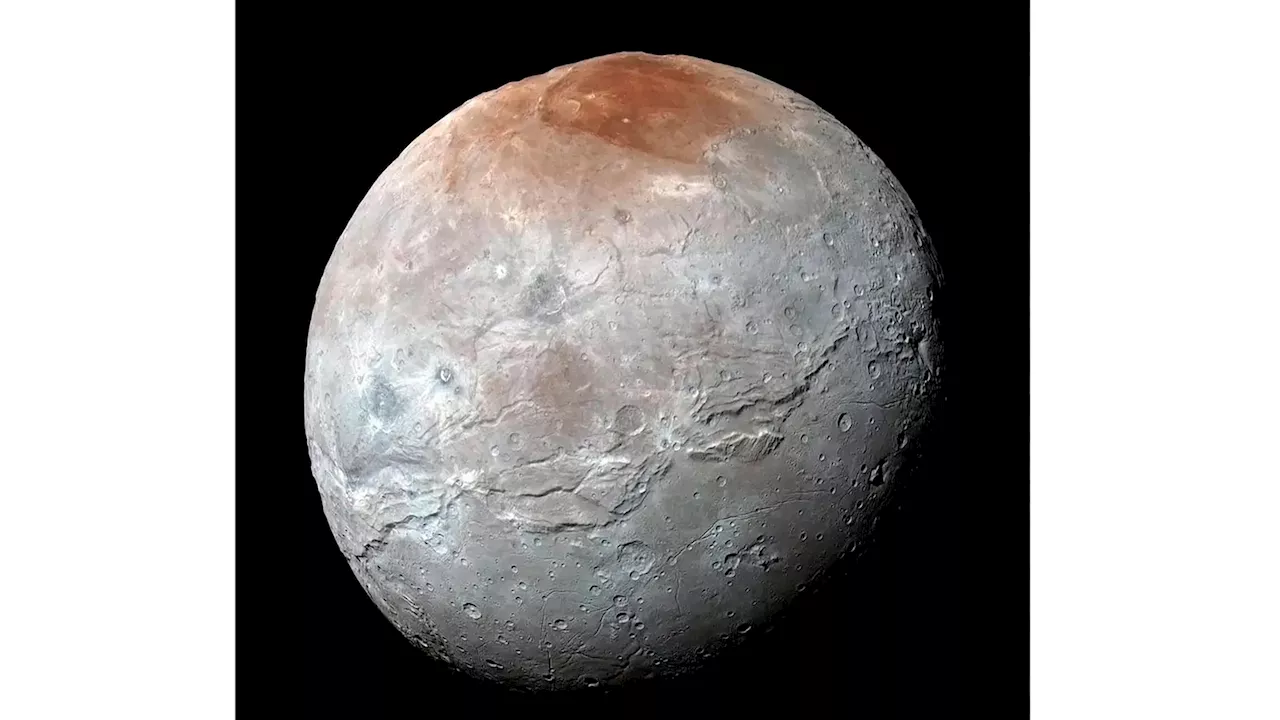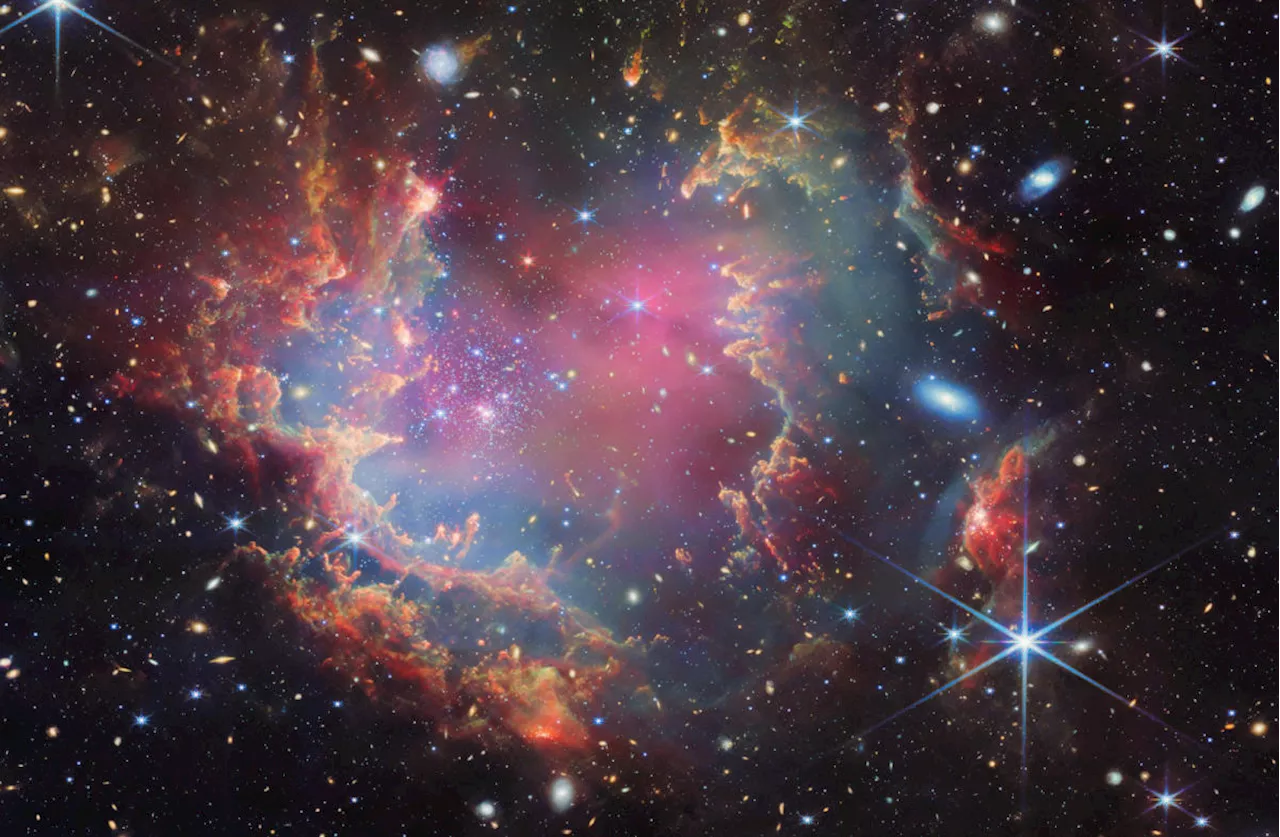Mariella Moon has been a night editor for Engadget since 2013, covering everything from consumer technology and video games to strange little robots that could operate on the human body from the inside one day. She has a special affinity for space, its technologies and its mysteries, though, and has interviewed astronauts for Engadget.
is making it possible to detect more celestial objects we previously wouldn't be able to, including ones that can further our knowledge on how our universe began. A team of astronomers, for instance,a "rich population of brown dwarf candidates" outside our own galaxy for the first time. The image above was captured using the telescope's Near-InfraRed Camera instrument.
We already know of the roughly 3,000 brown dwarfs inside the Milky Way, but Webb made it possible to find candidates 200,000 light years away from our planet. "Only with the incredible sensitivity and spatial resolution in the correct wavelength regime is it possible to detect these objects at such great distances," said Peter Zeidler, the team leader from AURA/STScI for the European Space Agency.
Brown dwarfs are neither planets nor stars. They're free-floating objects around 13 to 75 times larger than Jupiter, and they aren't gravitationally bound to a star like exoplanets are. Yes, they're bigger than the biggest gas giants, but they're also not big enough to produce massive amounts of light, which is why they're sometimes called "failed stars.
Brown Dwarf European Space Agency Celestial Objects Our Universe
United States Latest News, United States Headlines
Similar News:You can also read news stories similar to this one that we have collected from other news sources.
 In odd galaxy, NASA's Webb finds potential missing link to first starsLooking deep into the early universe with NASA's James Webb Space Telescope, astronomers have found something unprecedented: a galaxy with an odd light signature, which they attribute to its gas outshining its stars.
In odd galaxy, NASA's Webb finds potential missing link to first starsLooking deep into the early universe with NASA's James Webb Space Telescope, astronomers have found something unprecedented: a galaxy with an odd light signature, which they attribute to its gas outshining its stars.
Read more »
 NASA's Webb telescope detects traces of carbon dioxide on a Pluto moonNASA’s Webb Space Telescope has identified new clues about the surface of Pluto’s largest moon. It detected for the first time traces of carbon dioxide and hydrogen peroxide on Charon's surface. Previous research, including a 2015 NASA flyby, showed that Charon's surface was coated by water ice.
NASA's Webb telescope detects traces of carbon dioxide on a Pluto moonNASA’s Webb Space Telescope has identified new clues about the surface of Pluto’s largest moon. It detected for the first time traces of carbon dioxide and hydrogen peroxide on Charon's surface. Previous research, including a 2015 NASA flyby, showed that Charon's surface was coated by water ice.
Read more »
 NASA's Webb telescope detects traces of carbon dioxide on the surface of Pluto's moonNASA’s Webb Space Telescope has identified new clues about the surface of Pluto’s largest moon
NASA's Webb telescope detects traces of carbon dioxide on the surface of Pluto's moonNASA’s Webb Space Telescope has identified new clues about the surface of Pluto’s largest moon
Read more »
 The best depressing games to languish to in 2024A collaboration between various members of the Engadget editorial team.
The best depressing games to languish to in 2024A collaboration between various members of the Engadget editorial team.
Read more »
 The best Bluetooth speaker for 2024: 17 portable options for every price rangeOld school street skater, DJ, record collector, graphic designer and Engadget editor.
The best Bluetooth speaker for 2024: 17 portable options for every price rangeOld school street skater, DJ, record collector, graphic designer and Engadget editor.
Read more »
 The best streaming services in 2024A collaboration between various members of the Engadget editorial team.
The best streaming services in 2024A collaboration between various members of the Engadget editorial team.
Read more »
